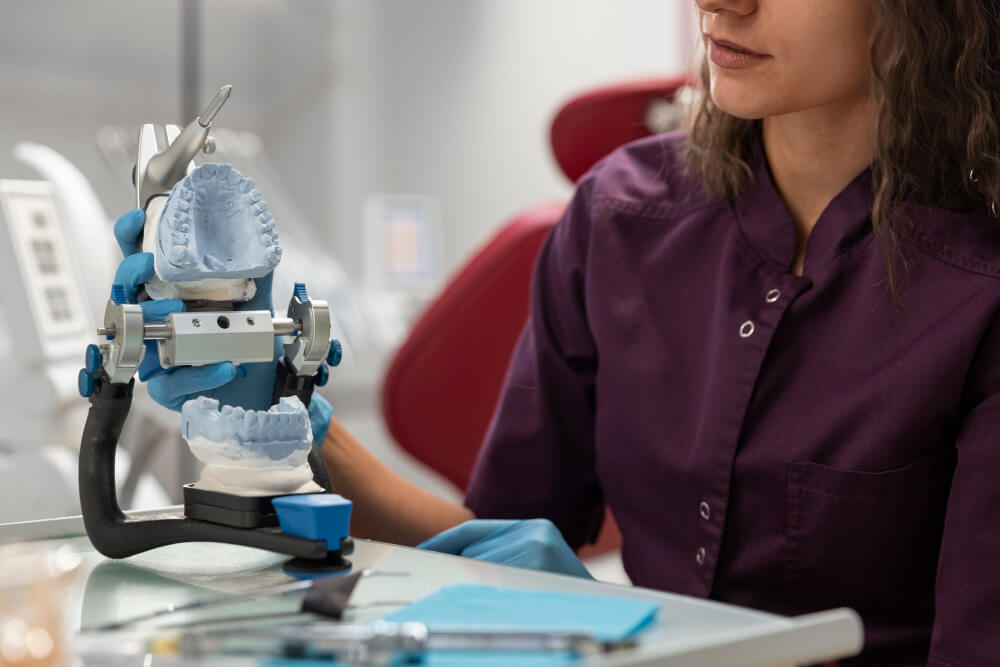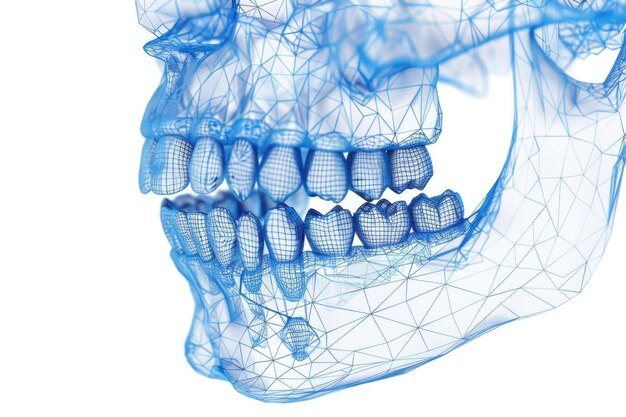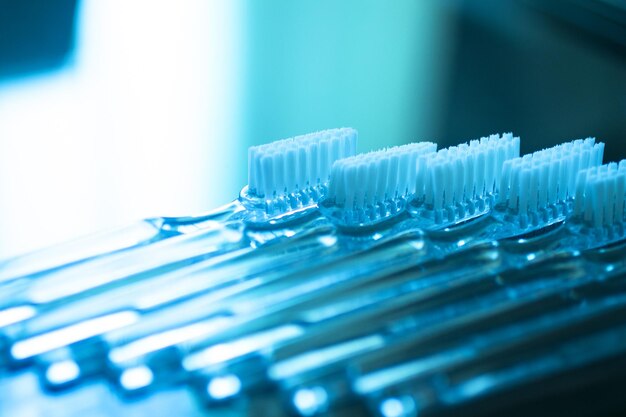Dental robotics is advancing very rapidly as a major area for preventive health. For disabled people, traditional oral hygiene devices are still insufficient because motor impairment hinders efficient plaque removal and exacerbates periodontal illness (Journal of Disability and Oral Health, 2023). Assisteeze is a sophisticated assistive dental robotics tool that combines micromotor engineering, fluid micropumps, and sensor-based monitoring in one system. By basing its design on oral kinematics studies, the device is able to provide accurate, reproducible brushing patterns for people with neuromotor impairments. With this incorporation, Assisteeze revolutionizes preventative oral hygiene from a reflexive response to a biomechanically-substantiated protocol.
Robotics as a Clinical Extension of Dentistry
The clinical dilemma of efficient plaque removal in motor-impaired patients is unsolved with conventional devices. Assisteeze presents assistive dental robots that mechanize brushing with scientifically proven accuracy. Its foundation in oral kinematics studies guarantees the reproduction of dentist-recommended movement arcs and force profiles independent of patient dexterity. Incorporating these biomechanical findings, Assisteeze converts daily brushing into a robotic-assisted therapy with empirical backing. This intersection of robotics and dentistry represents a prime example of how engineering science can directly mitigate long-standing clinical disparities.
Engineering Parameters and Kinematic Validation
Safe and effective brushing needs permanent motion within some limits of velocity and force. Permanent straying away from these limits leads to wear of the enamel or gingival injury (Journal of Clinical Periodontology, 2020). Assisteeze relies on micro-gearbox control and torque sensing, clearly placing it in the realm of assistive dental robots. Leverage oral kinematics research knowledge to stay within evidence-based limits of movement trajectories to yield reproducible and safe results. This engineering verification makes the product clinical-grade, and Assisteeze emerges as a standard by which robotics’ ability to operationalize dental biomechanics can be measured.
Personalized Robotic Adaptation
One of the promising strengths of assistive dental robotics is adaptability to patient-specific morphology. Assisteeze features pH sensors and programmable brushing algorithms that differ in real time according to patient-specific requirements. Such adaptive mechanisms are informed by principles from oral kinematics research, wherein motion science dictates precision intervention. By individualizing robotics, Assisteeze establishes an evidence-based link between population-level prevention initiatives and individualized care. Such personalization minimizes oral disease progression risk, making the device a cornerstone of scientific oral health equity.
Canadian Market Adoption and Scientific Relevance
Canadian dental hygiene market, valued at $907.7 million, demonstrates high demand for innovative, clinically proven technologies. Notwithstanding, patients with neuromotor impairments remain under-served. Assisteeze fills this need with time-tested assistive dental robots, engineered under dentist guidance. Its foundation in oral kinematics research distinguishes it from standard electric toothbrushes, placing it in a scientific and clinical context. By joining Canada’s agenda of inclusivity and evidence-based prevention in healthcare, Assisteeze is not only filling the market, but it is also driving the country’s national oral health programs.
Establishing Clinical Trust Through Robotics
Clinical confidence in robotics is established when design is backed by peer-reviewed evidence and reproducible results. Assisteeze, as a prototype for assistive dental robotics, illustrates regular plaque removal and safe pressures validated in initial clinical trials. Its use of oral kinematics research guarantees that each brushing cycle follows the biomechanical standards of dentistry. This evidence-based strategy comforts patients, caregivers, and clinicians alike in knowing that Assisteeze is not a consumer item but rather a medically applicable device. With replicability and data-driven results, it solidifies its role as a legitimate preventive healthcare innovation.
Conclusion
The future of preventive dentistry is robotics guided by biomechanics. The future is Assisteeze, a system that combines micromotor technology, torque control, and adaptive sensors into a package that is scientifically proven. As an outstanding example of assistive dental robotics, it demonstrates how automation can break through neuromotor blocks to oral hygiene. Its basis in oral kinematics research guarantees brushing movements that are reproducible, efficient, and clinically safe. Within the Canadian landscape, where preventive health equity and accessibility are at the forefront of the national agenda, Assisteeze is not just product innovation but a biomedical achievement in accessible oral health.




